Origin of the
coffee plant
coffee plant
The most important difference between conventional coffees and our specialty coffees lies to a significant extent in the coffee cultivation and harvest even before roasting. We attach particular importance to the nature-friendly cultivation of our coffees in order to protect the biodiversity in the growing region. The resource-saving use of important raw materials such as water and natural fertilizers is becoming increasingly important, especially in dry growing regions.
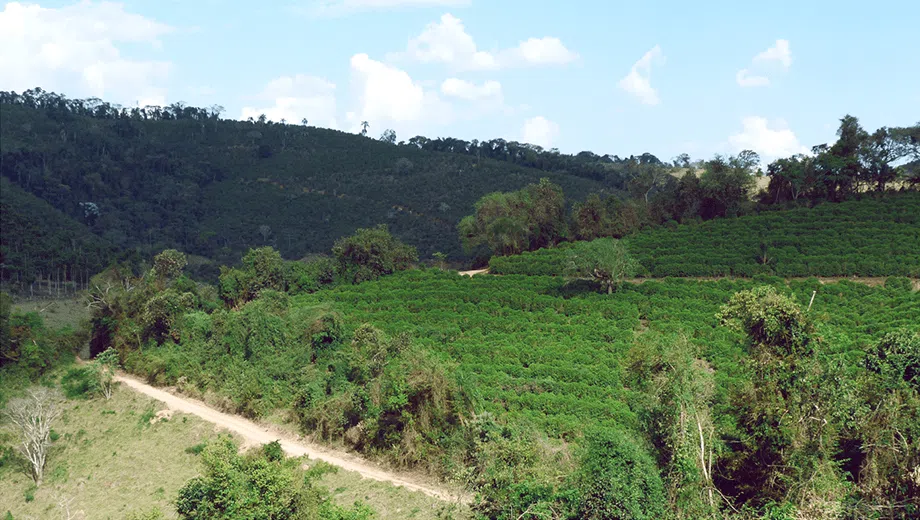
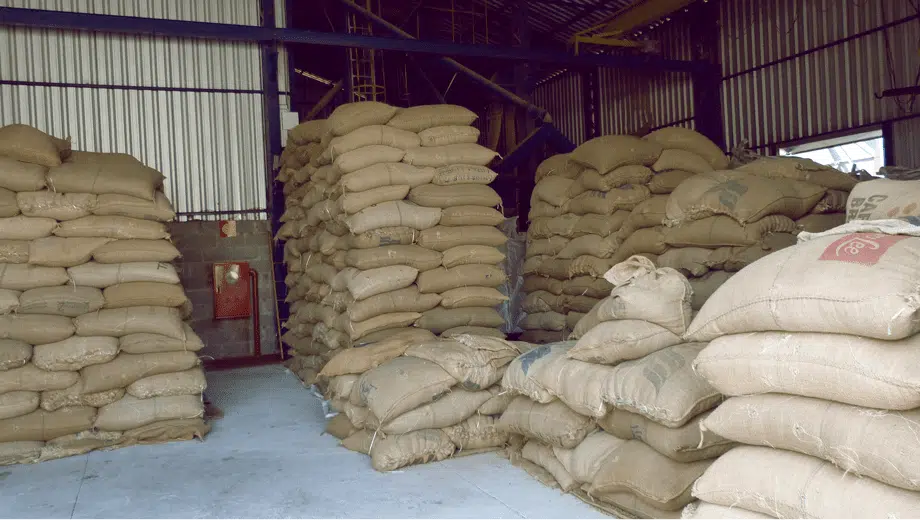
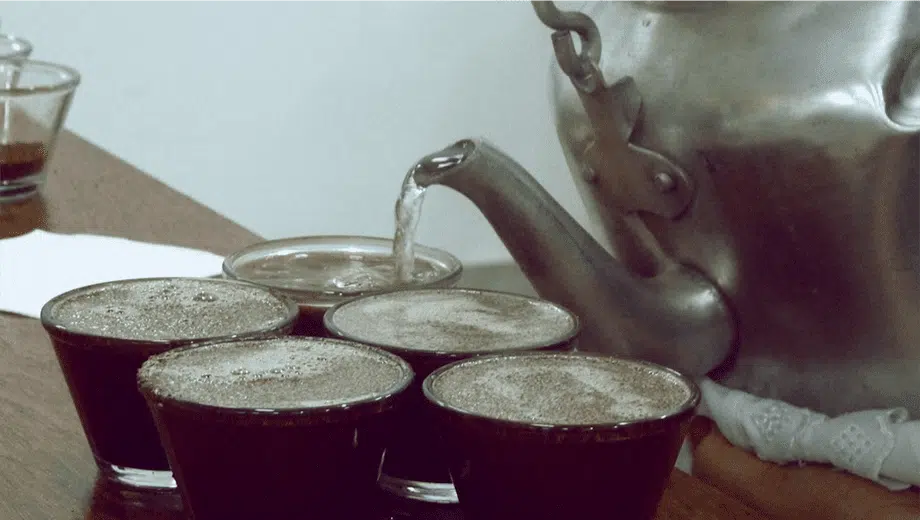
From all over the world
Our coffees come from renowned farms, special estates and cooperatives from different countries of origin. A look at the map shows you from which countries we import our coffees. The prerequisite for the cultivation of specialty coffee is, among other things, the climatic conditions near the equator.
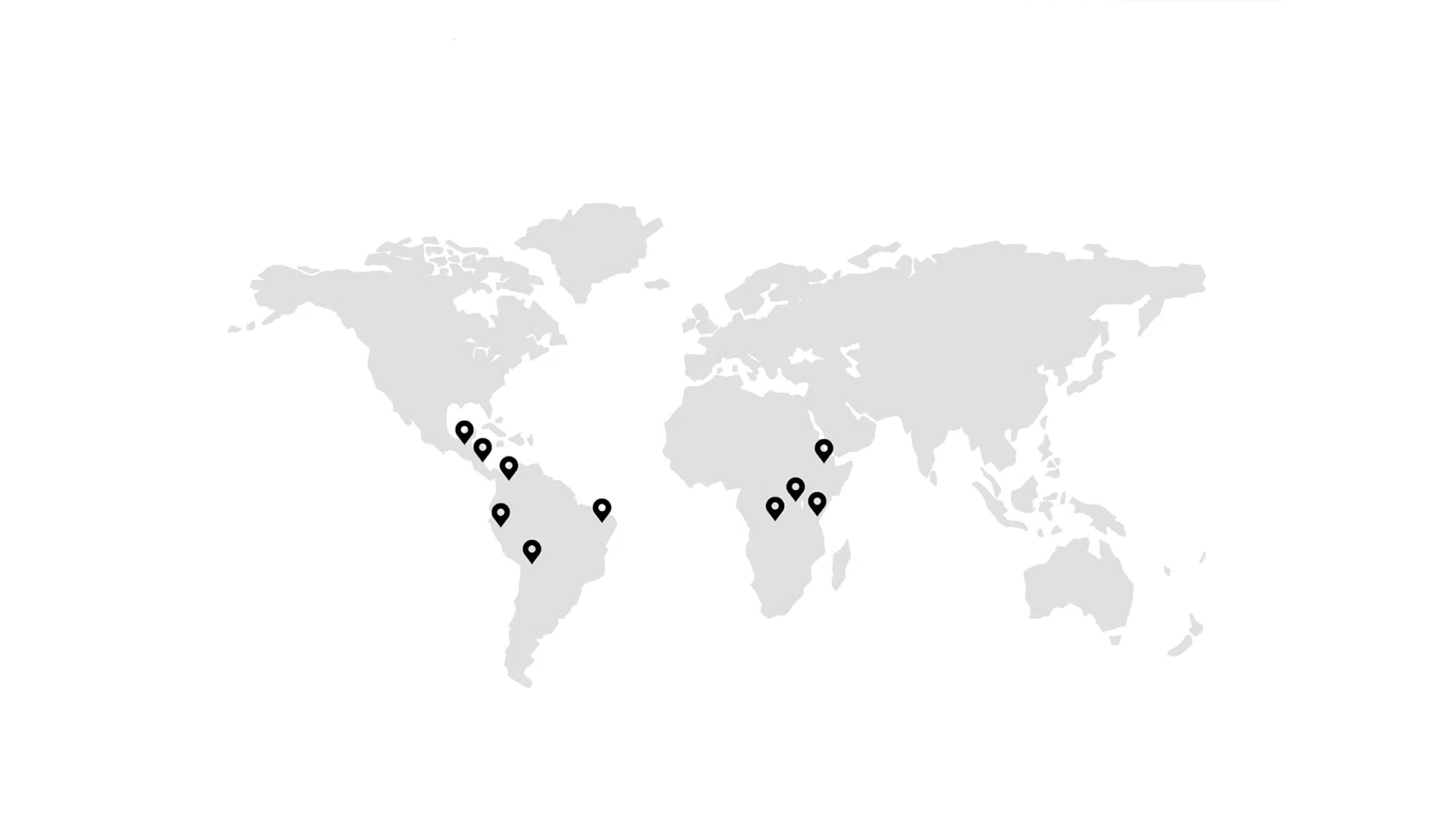
Trusted Sourcing Partner
Long-term and independent partnerships are very important for sourcing our coffees. Only in this way can we ensure the highest quality in our range. Our long-standing trusted trade partners include leading specialty coffee importers such as Ally Coffee, who are particularly committed to the countries of origin.
With strong partners, we are able to find the best coffees in different regions around the world. Our sourcing partners work together with the farms and cooperatives to continuously improve the quality of the green coffee in order to bring out the full potential of the respective region in the coffee.
Harvest by hand
For our coffees we use only ripe and hand-picked Arabica beans
from controlled cultivation. Already in the country of origin, the beans are selected several times by hand
to guarantee the highest quality.
from controlled cultivation. Already in the country of origin, the beans are selected several times by hand
to guarantee the highest quality.
Nature-friendly cultivation as the basis
Each growing region has its own special characteristics which, together with the processing, form the character of the coffee. What is called terroir in wine is also the interaction of soil properties, location, temperatures and rainfall in coffee cultivation. All these are quality factors for the average 10-month ripening period of the coffee plant. Our coffees are grown in so-called forest gardens or on small plantations at an altitude of at least 1,000 meters, where either a natural stand of trees or installed nets provide important shade.
The sensitive Arabica plant needs balanced temperatures, plenty of shade and rainfall to grow richly. In addition to the climatic conditions at this altitude, Arabica varieties prefer particularly nutrient-rich soils with a slightly over-acidic pH, characteristics that often occur near volcanic rock. Due to the gentle and natural form of quality cultivation, the coffee farmers can do without expensive organic certification and achieve higher prices in order to profit in the long term from the production of high-quality specialty coffees.
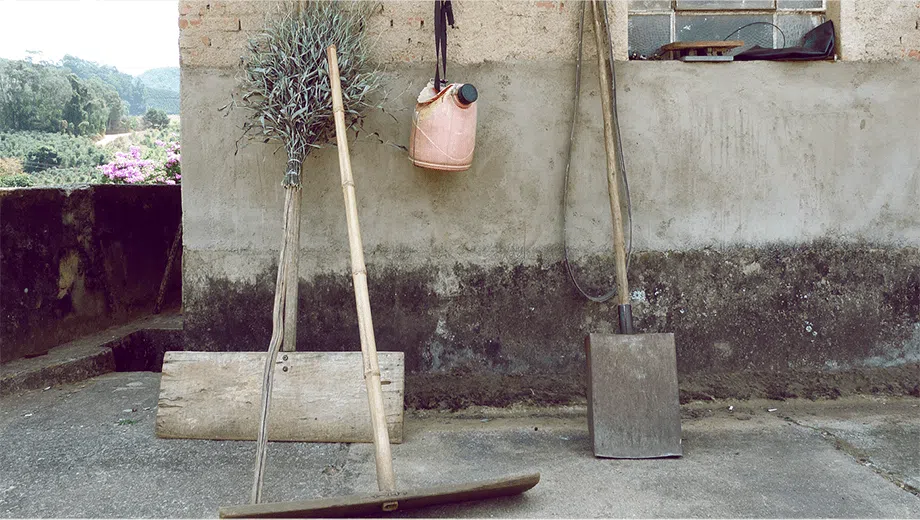
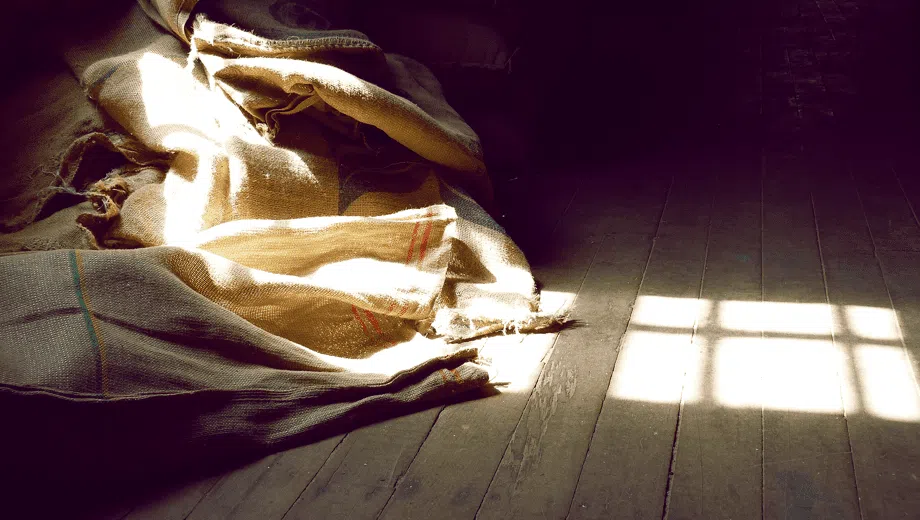

Preparation of the green coffee
After harvesting, the coffee cherries are further processed and the coffee bean is separated from the pulp. These processing methods have a lasting effect on the taste. Different processes are used, which we refer to when we describe a coffee as washed or sun-dried (natural), for example.
NATURAL
In this traditional processing method, the harvested coffee cherries are spread out on tables or concrete surfaces and dried while being turned regularly. The natural drying process removes as much moisture from the cherry until the pulp is almost completely detached from the bean. The dried beans are then mechanically separated from the remnants of the pulp and carefully sorted by hand. During the drying process, the sugary pectin layer is absorbed into the bean, which has a lasting effect on the flavor profile of the coffee. Typical of the taste of dry-processed coffee is the slightly sweet flavor, often reminiscent of berries. Due to the water savings, sun-drying is often used in water-scarce regions.
WASHED
To prevent the chemical fermentation process from affecting the taste of the coffee, the coffee cherries are processed further for wet processing immediately after harvesting. Wet mills are used to separate the pulp from the bean in several steps. First, the unripe cherries are sorted out and a de-pulper is used to remove most of the pulp. Then the beans are washed until the remains of the pectin layer are completely dissolved. In a final step, the beans are dried on drying beds. Typical of washed coffees are the silver skins (also called parchment skins), which remain attached to the bean and are visible even after roasting. Washed coffees are particularly popular due to their complex and clear aroma.
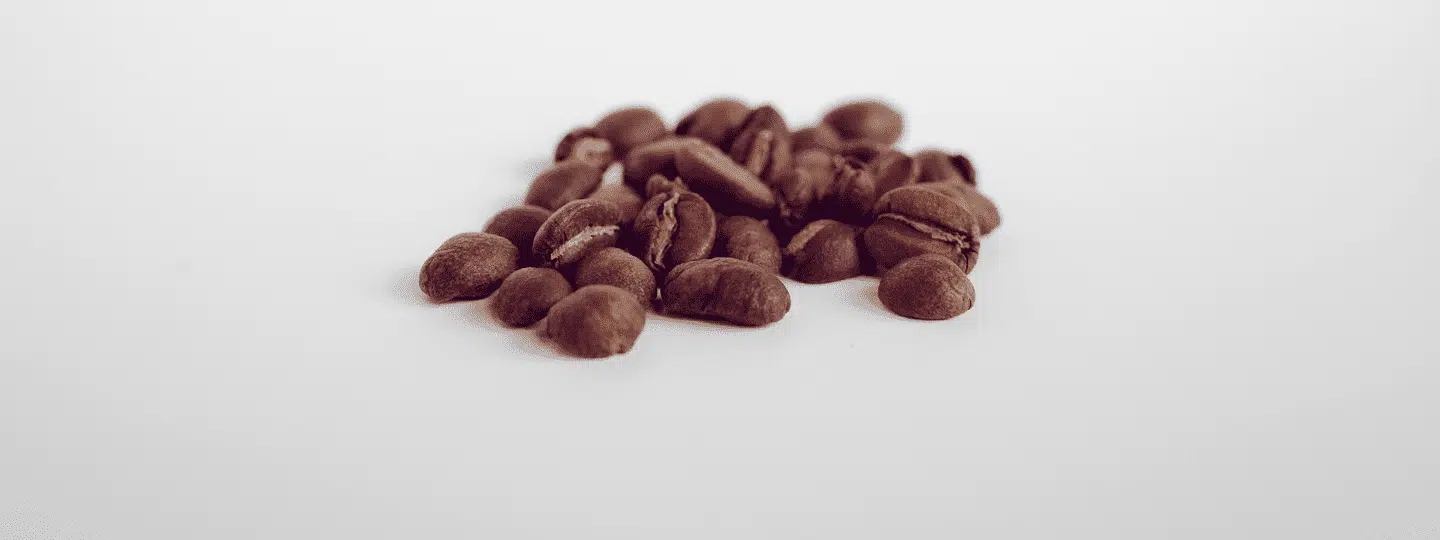
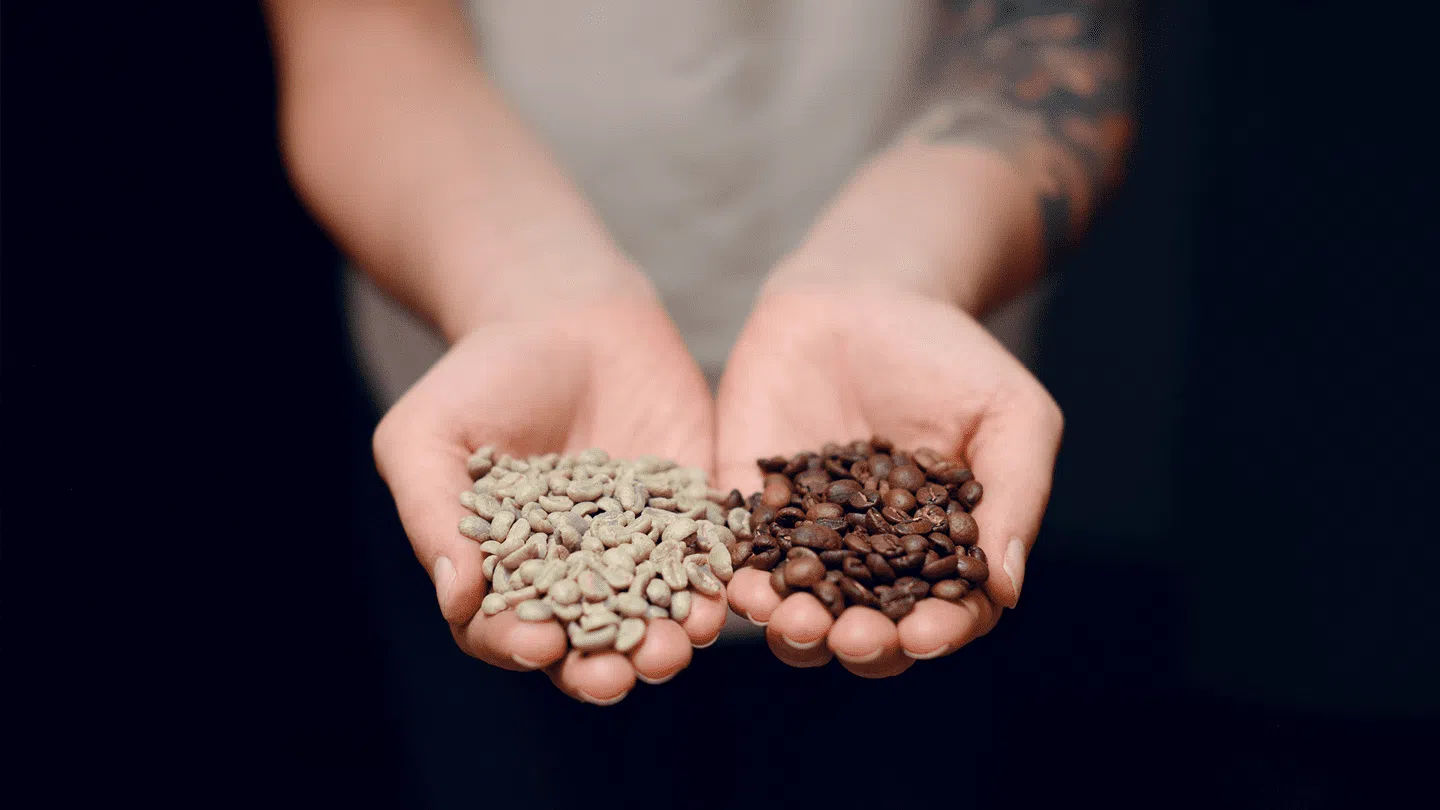
Coffee varieties
Since the discovery of the coffee fruit, other coffee varieties have developed from the two varieties Coffea arabica and Coffea canephora, either from natural mutations or as a result of breeding. We roast only high quality Arabica coffees. Each of these Arabica varieties is characterized by an individual taste and with our gentle way of roasting we want to optimally emphasize the special features of the respective coffee.
More about roasting

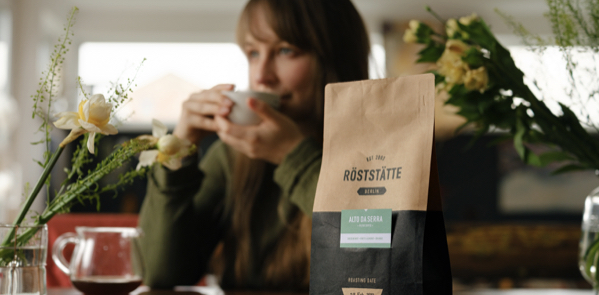
Wir schenken Dir 5€
auf Deine nächste
Kaffee Bestellung!
Erhalte Zugang zu Rabatten exklusiv für unsere Newsletter Community. Mit der Anmeldung erklärst Du dich einverstanden, E-Mail Marketing zu erhalten. Datenschutz
Check Dein Postfach!
Und hol dir deinen 5€ Bonus ab.